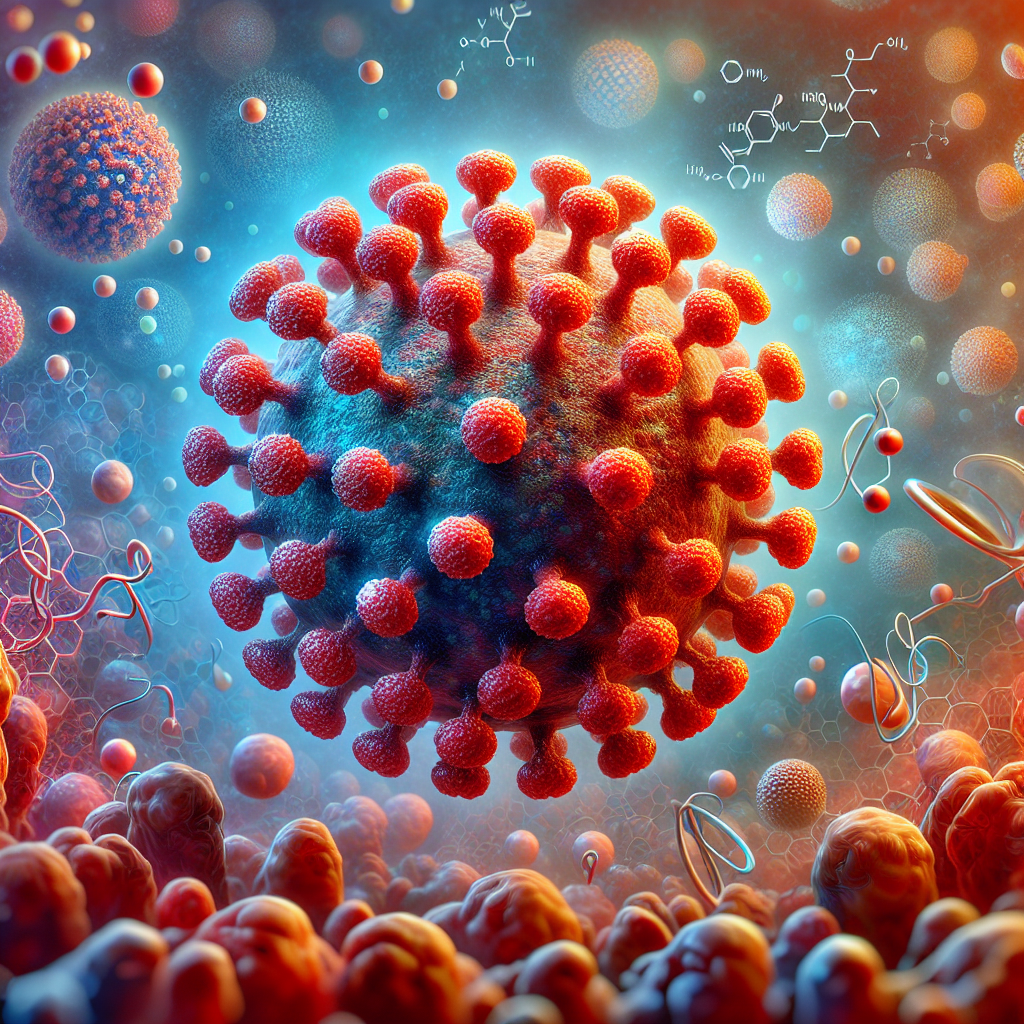Mpox, formerly known as monkeypox, is a viral disease caused by the monkeypox virus, a member of the Orthopoxvirus genus, which also includes the viruses that cause smallpox and cowpox.
It gained global attention after several outbreaks in various regions beyond its typical endemic areas in 2022, leading to increased awareness and preventive measures. Here’s everything you need to know about the mpox virus:
1. What is Mpox?
Mpox is a zoonotic disease, meaning it can spread from animals to humans. It was first identified in laboratory monkeys in 1958, hence the original name “monkeypox.” The first human case was recorded in 1970 in the Democratic Republic of the Congo (DRC). The virus is primarily found in Central and West African countries, where it is endemic.
2. Causes and Transmission
Mpox is caused by the monkeypox virus, which can spread to humans through contact with infected animals, such as rodents or non-human primates, or from human-to-human transmission. The primary modes of transmission include:
- Direct Contact: Touching lesions, body fluids, or respiratory droplets from an infected person.
- Animal-to-Human Contact: Handling or consuming infected animals, particularly those in endemic regions.
- Fomites: Contaminated objects like clothing, bedding, or surfaces can also carry the virus.
3. Symptoms of Mpox
The symptoms of mpox are similar to, but milder than, those of smallpox. They typically develop within 5 to 21 days after exposure and include:
- Fever
- Headache
- Muscle aches
- Swollen lymph nodes
- Chills and exhaustion
- A rash that progresses through several stages, from macules to papules, vesicles, and pustules, before eventually crusting over and falling off
The rash often begins on the face before spreading to other parts of the body, including the palms, soles, and mucous membranes. The illness usually lasts for 2 to 4 weeks.
4. Risk Factors
While anyone can contract mpox, certain groups are at higher risk:
- People living in or traveling to endemic areas
- Individuals with close, intimate contact with an infected person
- Healthcare workers and caregivers of mpox patients
- Communities where the virus is spreading, particularly men who have sex with men (MSM), due to the nature of the recent outbreaks
5. Diagnosis and Testing
Diagnosis is primarily based on clinical symptoms, particularly the characteristic rash. Laboratory tests, such as polymerase chain reaction (PCR) testing of lesion samples, are used to confirm the presence of the monkeypox virus. Healthcare providers may also consider travel history and potential exposure when diagnosing the virus.
6. Treatment and Management
There is no specific treatment for mpox. However, because it is related to smallpox, certain antiviral drugs and vaccines developed for smallpox can be effective against mpox:
- Antiviral Medication: Tecovirimat (TPOXX) is an antiviral that has shown effectiveness against orthopoxviruses and may be used for severe cases.
- Vaccination: The smallpox vaccine provides some protection against mpox. The JYNNEOS (also known as Imvanex or Imvamune) vaccine, specifically approved for monkeypox, is available in some regions for at-risk populations.
Supportive care, including pain management, hydration, and treatment of secondary bacterial infections, is essential in managing the disease.
7. Prevention
Preventing mpox involves reducing the risk of exposure:
- Avoid contact with animals that could harbor the virus, particularly in endemic regions.
- Practice good hygiene and avoid close contact with individuals displaying symptoms.
- Use personal protective equipment (PPE) when caring for infected patients.
- Vaccination is recommended for high-risk groups and healthcare workers in outbreak settings.
8. Global Response and Public Health Impact
The 2022 mpox outbreak in non-endemic countries led the World Health Organization (WHO) to declare it a public health emergency of international concern (PHEIC). The spread of the virus outside its traditional geographic regions raised concerns, especially given its potential to spread rapidly in certain communities.
Efforts to control the outbreak involved widespread vaccination campaigns, public health education, and targeted interventions in high-risk populations.
9. Current Status and Future Outlook
As of now, mpox remains a public health concern, particularly in areas where the virus is endemic or where it has re-emerged. Continued surveillance, vaccination, and public awareness are critical in managing and preventing future outbreaks. The WHO and other health agencies continue to monitor and support global efforts to curb the spread of mpox.
Conclusion
Mpox is a viral disease with global significance, especially in light of recent outbreaks beyond its endemic regions. Although it shares similarities with smallpox, mpox generally presents milder symptoms and has a lower fatality rate. Understanding how the virus spreads, its symptoms, and the available preventive measures are key to managing and reducing the risk of infection. Public health initiatives, vaccination efforts, and ongoing research will play a critical role in controlling the spread of mpox in the coming years.

